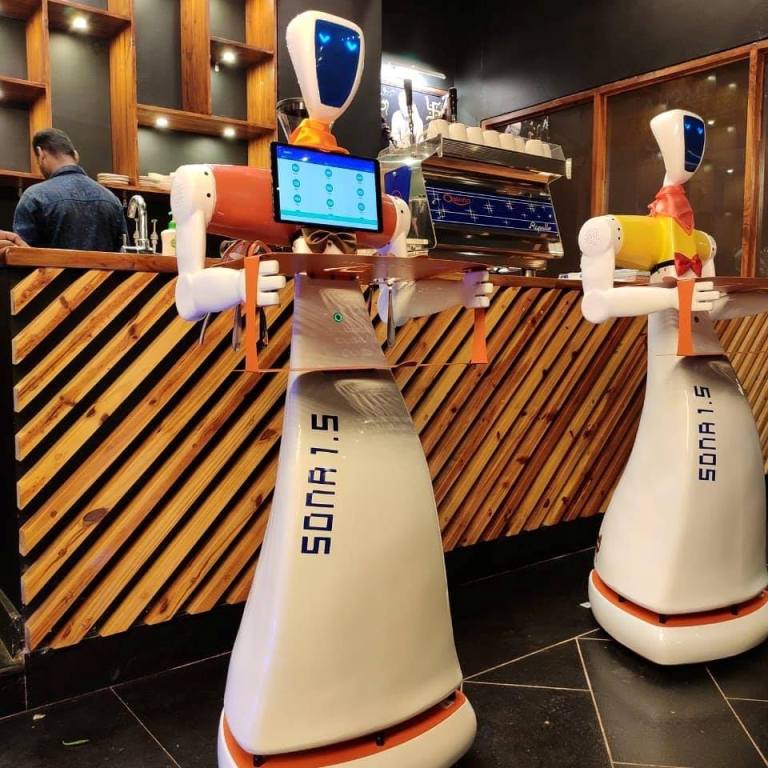Automation, as a concept, is nothing new. For that matter, it is rather a work in progress – and has been so for the last decade. The COVID-19 outbreak and subsequent pressure on social distancing can be said to have given an impetus to something that was anyway inevitable.
Many technical and financial experts have predicted that a vast majority of the jobs will eventually be replaced by robots owing to advancement in technology, need for precision and efficient production.
With a majority of the workforce confined to their homes amid lockdown, their jobs are being gradually taken over by automated machines.
Advancement in technology also has meant that robots have moved beyond manufacturing lines and are being used for other tasks. America’s largest retailer Walmart uses robots to scrub its floors. They serve dishes at restaurants. Fast-food chains such as McDonald’s have been testing robots as cooks and waiters. During COVID outbreak, South Korea used them to measure temperatures and distribute hand sanitiser.
As the schools and public places reopen, demand for these robots would jump up significantly to minimise risks to humans and get this done efficiently.
In warehouses, like the ones operated by Amazon and Flipkart, robots are already used to improve efficiency. Coronavirus outbreak has forced both companies to increase the use of robots for sorting, shipping and packing.
While robots would help humans avoid physical danger, they would also put thousands out of work.
Given the efficiency, once a company has invested in replacing a worker with a robot it’s unlikely the firm will ever rehire a human for that role. As things stand, robots are expensive to create and integrate into business lines, but once integrated, robots are far cheaper and more efficient as compared to human workers.
Besides, the usage of Artificial intelligence in robots can replace semi-skilled jobs such as school tutors, fitness trainers and financial advisers.
Robot sceptics had long believed humans would always have an edge in skilled jobs. That could be changing as lockdowns have made humans more comfortable with the idea of connecting remotely and getting things done by machines.
A 2017 report by consultancy firm McKinsey forecasted a third of US workers to be replaced by automation and robots by 2030. This pandemic, however, is all geared up to accelerate the change further.
